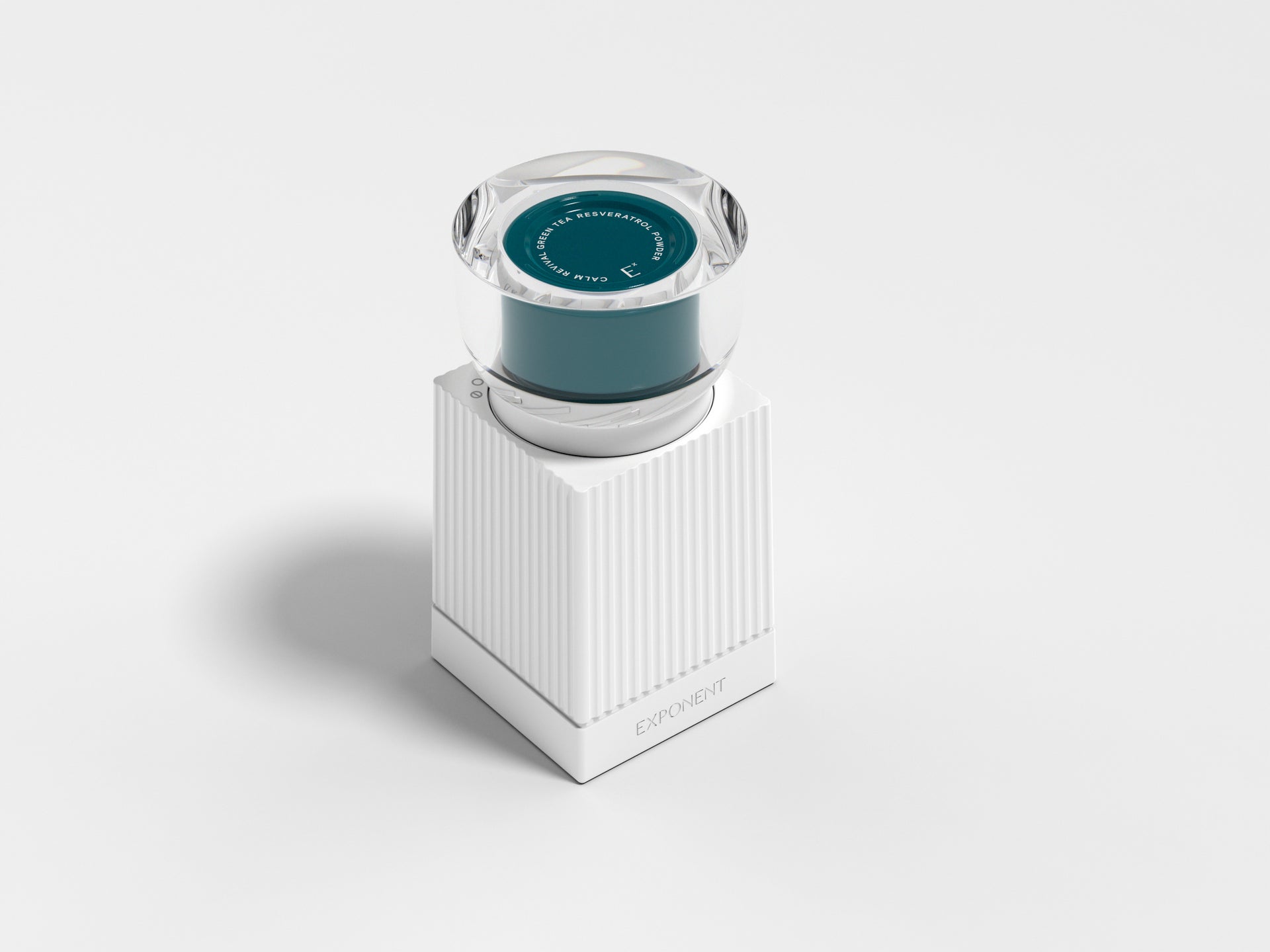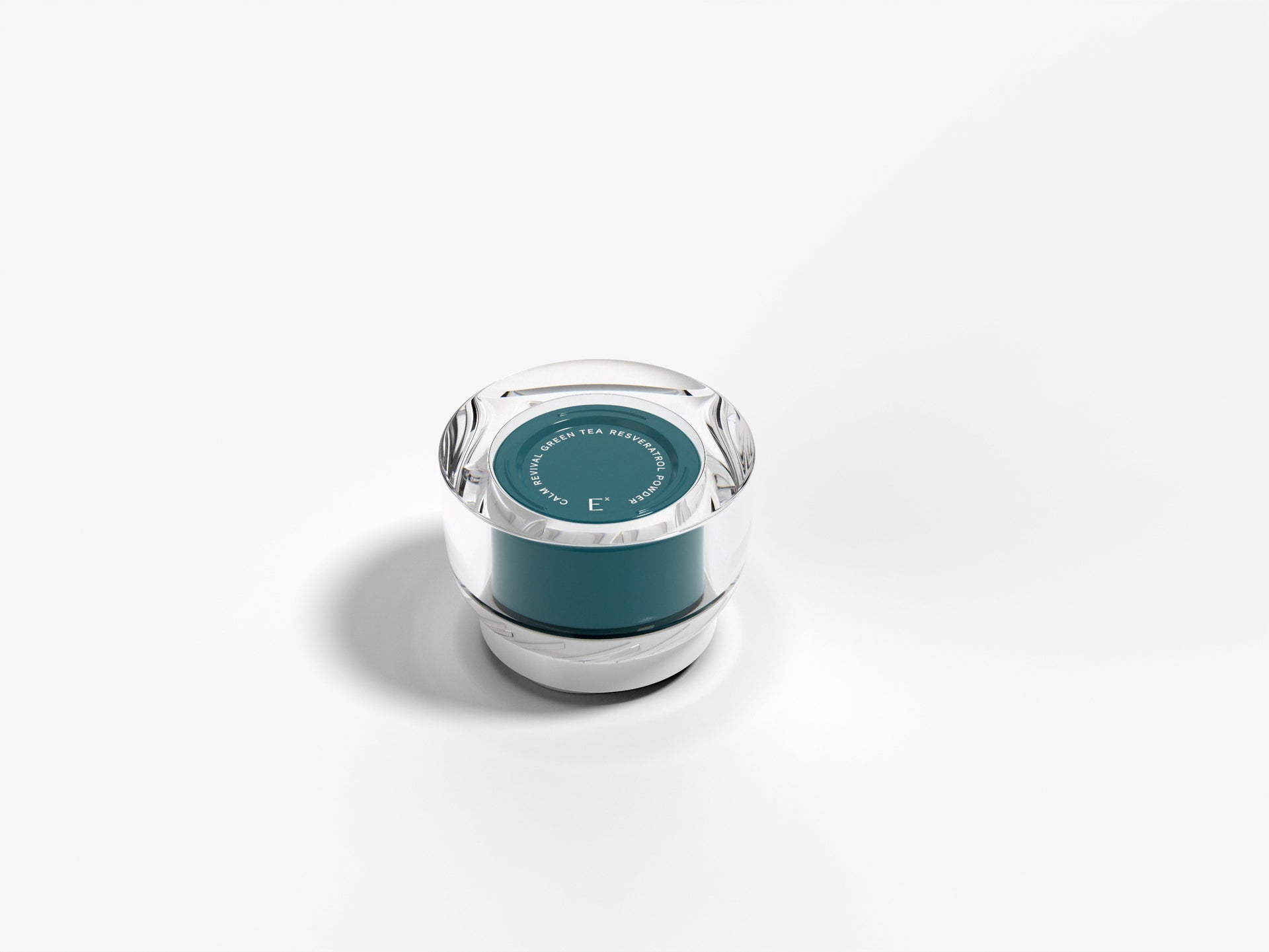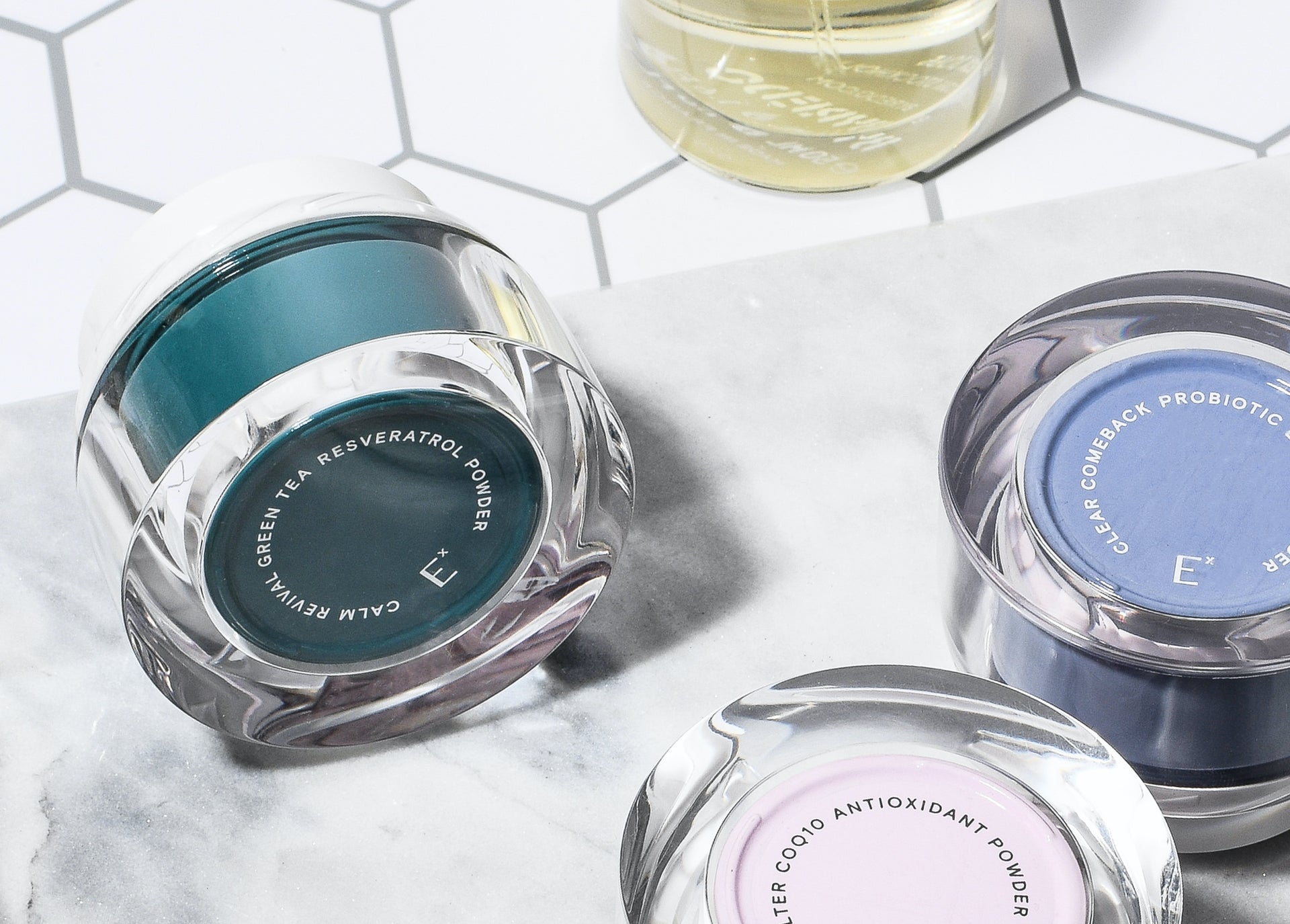Whether you're an occasional dry skin type or all-year-round sufferer, one thing is for sure, dry skin must be dealt with. Dry skin not only feels uncomfortably tight, it also causes wrinkle visibility to increase and the surface of your skin to become flakey and red. Not even makeup can really cover up dry skin. Continue reading for some of the best ways to treat & prevent dry skin.
Why is My Skin So Dry?
As Shari Marchbein, MD, a board-certified dermatologist with Downtown Dermatology in New York City says, "Dry skin is caused by an impaired skin barrier and dysfunction or deficiency in the necessary healthy fats in the top layer of the skin."[1] The protective barrier is the top skin layer, consisting of lipids, like cholesterol, ceramides, and fatty acids. The barrier's main function is to prevent transepidermal water loss (TEWL). [2] When the barrier is damaged, this loss of moisture increases and leads to dry skin. Additionally, skin becomes more susceptible to external aggressors when the barrier is weakened. Maintaining a robust protective barrier should be your main priority to achieve resilient, moist skin.
Skin tends to become dryer with age as it loses essential proteins that give it moisture and bounciness. Nevertheless, lots of foes can dry your skin. Heat, either indoor heating or sun exposure, are two major culprits that deplete the skin of natural moisture. By the same token, cold weather draws moisture away from the skin; that's why your face may feel dryer in the winter. Lifestyle choices can also induce dryness. I know they feel great, but all of those long hot baths strip the skin's natural oils. Also, too much exfoliation or harsh skincare products can cause irritation and drying.
Signs of Dry Skin
You know when your skin is dry. It looks dull, feels tight and itchy, and might flake to the point it cracks. Applying makeup feels impossible as chances are, it won't blend and will look cakey.
The signs of dry skin include:
- Rough texture
- Redness
- Itchiness
- Peeling and flaking
- Noticeable fine lines
- Irritations
The Best Skincare Routine for Dry Skin
When skin is dry, your routine should be tailored to restore hydration and prevent further moisture loss. Here's to a glowy, hydrated complexion.
Quit using skincare products filled with drying alcohol, fragrances, and other ingredients that strip moisture from the skin. Always say pass to salicylic acid, benzoyl peroxide, and SLSs.
Cleanser? Opt for a non-foaming formula that aims to moisturize such as a cream or balm.
Pro tip: Use a pH-balancing toner before slathering on any serum. It will help your skin better absorb what you apply, therefore intensifying the benefits — a blessing for dry skin.
Your serum should focus on humectants, like hyaluronic acid and glycerin. They help draw moisture to the surface and retain water, the key to keeping skin hydrated. Barrier strengthening elements like ceramides, peptides, squalane must also be on your radar. Exponent Beauty's activated serums feature multi-weight hyaluronic acid technology that delivers deep hydration and active ingredients into skin layers. For dry, flaky skin specifically, our Calm Revival serum combines clinically-proven ingredients like EGCG (green tea extract) and aloe vera to provide targeted treatment and long-lasting comfort.
 |
| SHOP NOW: Exponent Beauty Calm Revival Green Tea Resveratrol |
Next, you need a rich, thick, moisture-trapping moisturizer. You may have heard about occlusives and emollients, the heroes for dry skin. Occlusives are oily and waxy agents that form a veil on the skin's surface to hinder TEWL and encourage barrier recovery. The best examples are petrolatum, shea butter, argan, jojoba, and olive oils. On the flip side, emollients (fatty acids, lipids, oils, and butters) aid in softening and repairing cracks. Is there an ingredient that does both? Yep, squalane is an occlusive emollient, chock full of fatty acids that replenish lipids in the skin — exactly what you need. We bet on Biossance Squalane + Omega Repair Cream, loaded with shea butter, ceramides, sodium hyaluronate, and vitamin E, the MVPs for preventing water loss and repairing dry skin.
Exfoliating dry skin is a two-edged sword. Not doing it can allow dead cell buildup, flakes, and impurities that will make your complexion look dull, but overdoing might dry the skin even more. Dry skin needs a gentle exfoliator such as lactic acid. Lactic acid, the mildest among AHAs, acts delicately on the skin thanks to its large molecule that doesn't allow it to penetrate the skin, hence operating less aggressively. But that's not it. Lactic acid has humectant benefits, too, meaning it pulls water into the skin, increasing hydration. The moral of the story? Exfoliation is still necessary for dry skin, but you'll need a delicate exfoliant once or twice a week and you should never use physical exfoliators on the face.
The bottom line: dry skin doesn't have to derail your skincare goals. By understanding your skin barrier, choosing gentle yet effective products, and maintaining consistent hydration, you can transform tight, flaky skin into a smooth, radiant complexion. Remember, the key is multi-layered moisture—from humectants that draw water in, to occlusives that lock it down. That's exactly why Exponent Beauty's Calm Revival serum works so effectively for dry skin: our multi-weight hyaluronic acid technology ensures deep hydration reaches every skin layer, while powerhouse ingredients like resveratrol and asiaticoside provide the antioxidant protection and barrier-repair benefits your skin craves. Ready to say goodbye to dry skin for good?







